Wiring 3 Lights to one Switch:
This diagram shows how to make 3 Lights One Switch wiring. In this circuit diagram, we now learn how to wire 3 lights to one switch. In this circuit, we use 2 DP MCBs ( Double Pole Miniature Circuit Breaker), an RCCB ( Residential Current Circuit Breaker), a switch, and three light holders. First, we need to input power to DP MCB then from DP MCB to connect the RCCB, then from RCCB to connect another DP MCB. Then from DP MCB to input phase to the switch, then from the switch to connect all light holders. And lastly, input a neutral connection to all light holders from the switch.
Advertisements
Components needed For this Project:
You can get the components from any of the sites below:
- DP MCB 32A [See Buy Click Amazon]
- SP RCCB 32A [See Buy Click Amazon]
- SPST Switch [See Buy Click Amazon]
- Light Holder [See Buy Click Amazon]
- CFL Light [See Buy Click Amazon]
*Please note: These are affiliate links. I may make a commission if you buy the components through these links. I would appreciate your support in this way!
Advertisements
Components used to make the Wiring 3 Lights to one Switch:
DP MCB In 2 Pole MCB, switching & protection is affected in phases and the neutral. A Double Pole or DP Switch is a Switch that Controls 2 Circuits at the same time. In terms of Residential Switching, this Normally means it Switches the live and Neutral at the same time. In Layperson Terms, Double Pole switches or DP Switches are Exclusively Designed to Control 2 Different Electrical Circuits at the same time, which allows the Appliances to Isolate safely and reliably. Fan or light Combinations and Medical Equipment are some of the many applications for DP Electrical Switches and Electrical components.
02. RCCB:
The Residual Current Circuit breaker RCCB is the Safest device to detect and Trip against Electrical Leakage current. This ensures protection against Electric shock Caused by indirect contact. Circuit breakers (CB) are automatically Operated Electrical Switches that Protect Electrical Circuits from Short-Circuiting or Overloading systems. It Protects against many major accidents. RCCB Circuit Breaker is an Electrical Wiring device whose function is to disconnect the current in the circuit.
An SPST (Single Pole Single Throw) Switch is a Switch That only Has a Single Input and can Connect Only to one Output. This means it Only Has one Input Terminal and Only 1 Output Terminal. A Switch is a Mechanical or Controlling Device That Changes the Flow of Current Direction or Interrupts the Flow of Current Within a Circuit diagram. An electrical line using Single Pole Single Throws (SPST) is Perfect for on-off switching. When the SPST is closed, the Circuit is Closed and the light from the lamp switches on the system. When The Single Pole Single Throw (SPST) is then opened, the light from the lamp goes out and the Circuit is off.
04. Light Holder:
A lightbulb Holder, light socket, lamp socket, or lamp holder is a device that Mechanically Supports and Provides Electrical Connections for a Compatible Electric Lamp base. Sockets allow Lamps to be safely and conveniently replaced holders come in Various Shapes and colors. Where the Lamp Holder has a Threaded Component Which is Used To Mount it On a Support. Common in the table/stem of the lamp, and also used in Conduit Applications/Standard lights where the lamp holder is fixed to the base.
CFL stands for Compact Fluorescent Lamp which is an improved version of tube lights of earlier days. Like tube lights, it is a vacuum glass tube with fluorescent powder coating which is not as long and straight as tube lights but curved/twisted compact, or small in size. Like a tube light, it has electrodes or filaments at both ends. But in this case, instead of a choke, there is an electronic circuit that drives the Compact Fluorescent Lamp. Because the red wave is less in the light of the Tubelight and Compact Fluorescent Lamp, the object looks a little pale or the correct color of the object does not appear.
Thank You for visiting the website. Keep visiting for more Updates.
Frequently asked questions
This circuit diagram shows how to make 3 Lights and 1 Switch wiring. In this circuit diagram, we now learn how to wire 3 lights to 1 switch. In this circuit diagram, we use 2 DP MCBs ( Double Pole Miniature Circuit Breaker), an RCCB ( Residential Current Circuit Breaker), a switch, and three light holders.
You can wire a 3-way switch as a single pole switch by finding which screw terminals work together. You would use one of the dark-colored screws with one of the light-colored screws. Once you find the 2 screws you want to use so the switch is in the up position, connect your hot wires to those 2 screw terminals.
The easiest way to connect multiple lights to 1 switch is to daisy-chain the lights, which means connecting them together and attaching just one of the power supply lights to the switch. Daisy-chaining isn't the same as wiring and lights in series. If you wire lights in series, they'll all go out when 1 of them fails.
As a general rule of thumb, 1 can wire as many lights to a switch as they wish. The light wires would be daisy-chained from 1 light to another. Keep in mind it would be limited to the 15 amps of current the circuit could provide.
To wire multiple 12V lights to a 12V switch, you can use a parallel circuit. Connect the positive terminal of the 12V power source to the common terminal of the switch. Then, connect the power supply other terminal of the switch to the positive terminal of each light.
Read more Single Phase Wiring
What is a kilowatt-hour (kWh) | kwh formula | What does kwh mean
Introduction to Electrical Units and CircuitskW and kWh on your electricity bill As your home uses electricity during...
What is the Difference Between kVA | What does KVA mean | kVA formula
Difference Between KVA ExplainedWhat does KVA Mean? There are technical terms aplenty when it comes to generators, and...
Power Factor | Power Unit | Energy | Electricity Unit
Power factor definition | Calculating Power FactorPower Factor Values In a purely resistive circuit, the power factor...
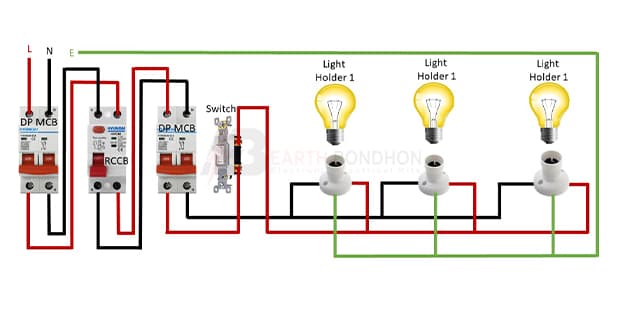

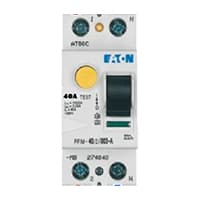
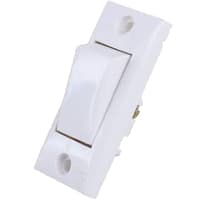
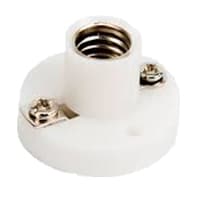
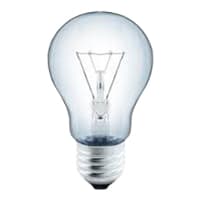
0 Comments